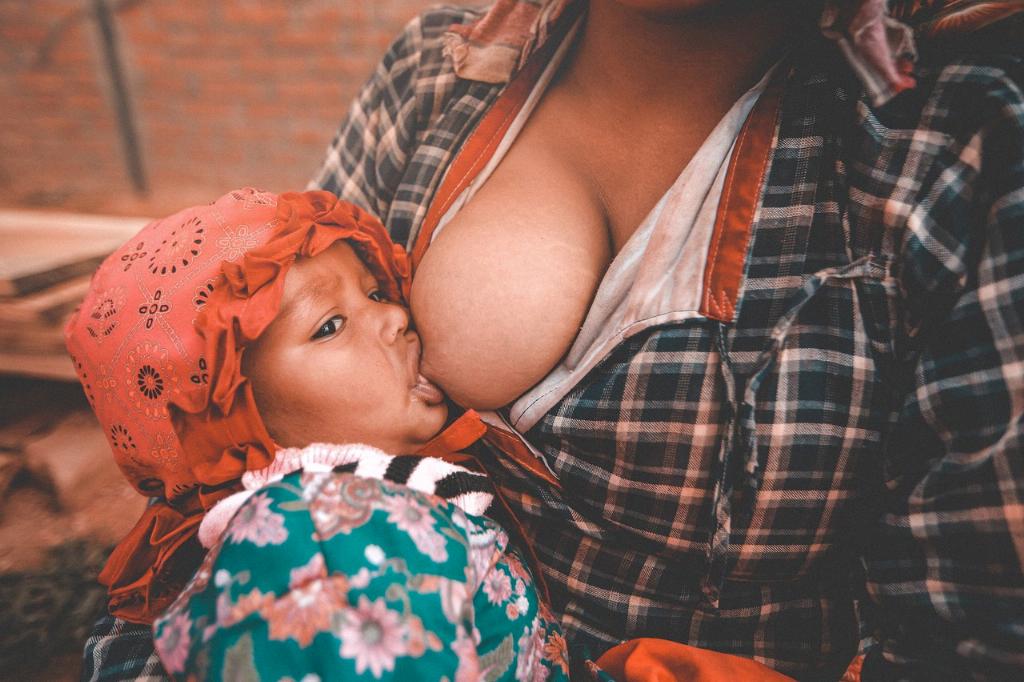When it comes to breast infections, many people associate them primarily with breastfeeding women. While it is true that mastitis, a type of breast infection, is common in breastfeeding mothers, it is important to note that breast infections can also occur in non-breastfeeding women.
In non-breastfeeding women, mastitis most commonly arises due to an infection in the breast tissue. This infection can be triggered by various factors, such as damage to the nipple, including cracks or sores, or from a nipple piercing. These openings in the skin can provide a pathway for bacteria to enter the breast tissue, leading to an infection.
It is crucial to be aware that breast infections in non-breastfeeding women can also occur in the absence of any physical injury to the nipple. Individuals with conditions that compromise their immune system or hinder their body’s ability to fight off infections are also at risk of developing breast infections. Conditions like diabetes or autoimmune disorders can weaken the body’s defense mechanisms, making it more susceptible to infections in various parts of the body, including the breasts.
Aside from physical factors and medical conditions, lifestyle choices and habits can also influence the likelihood of developing a breast infection. For instance, smoking can impair the body’s immune response, making it less effective in combating infections. Therefore, women who smoke may be at an increased risk of experiencing breast infections, even in the absence of breastfeeding.
Furthermore, poor hygiene practices or inadequate breast care can contribute to the development of breast infections in non-breastfeeding women. Failing to wash the breasts regularly or neglecting to clean under the breasts can create an environment conducive to bacterial growth, leading to infections. Therefore, maintaining good hygiene habits is essential in preventing infections, irrespective of breastfeeding status.
Since breast infections in non-breastfeeding women can stem from various sources, including physical damage, medical conditions, lifestyle choices, and hygiene practices, it is crucial to be attentive to the signs and symptoms of a potential infection. Common indicators of a breast infection may include redness, warmth, swelling, tenderness or pain in the breast, along with fever or chills.
If you suspect that you may have a breast infection, it is advisable to seek medical attention promptly. A healthcare provider can evaluate your symptoms, conduct necessary tests to determine the cause of the infection, and recommend an appropriate treatment plan. Treatment for breast infections typically involves antibiotics to combat the underlying bacterial infection, along with measures to alleviate pain and discomfort.
Ignoring a potential breast infection can lead to complications and escalate the severity of the condition. In some cases, untreated breast infections can progress to form an abscess, a painful collection of pus within the breast tissue that may require drainage through a surgical procedure. Therefore, addressing a breast infection in its early stages is essential to prevent complications and promote recovery.
It is important to note that breast infections can affect women of all ages and backgrounds, regardless of their breastfeeding status. By understanding the risk factors, signs, and symptoms of breast infections in non-breastfeeding women, individuals can take proactive measures to safeguard their breast health and seek prompt medical attention when needed.
In conclusion, while breastfeeding is commonly associated with breast infections, it is evident that non-breastfeeding women can also experience such infections. Being mindful of the factors that can contribute to breast infections, including physical damage, medical conditions, lifestyle choices, and hygiene practices, can help individuals reduce their risk and maintain optimal breast health.

